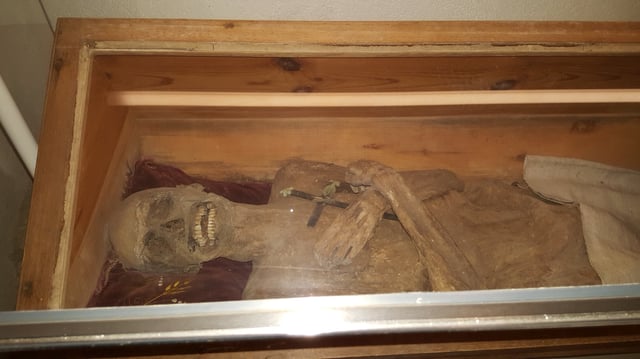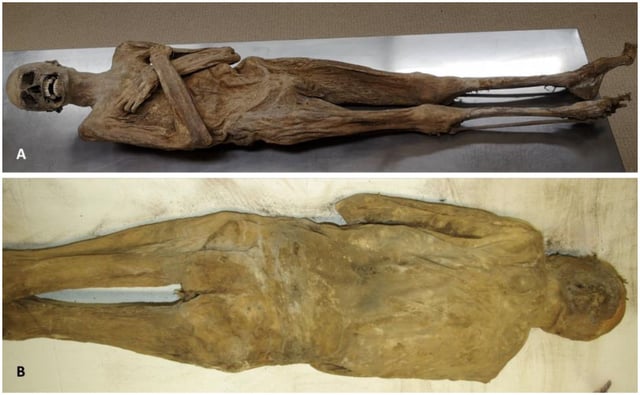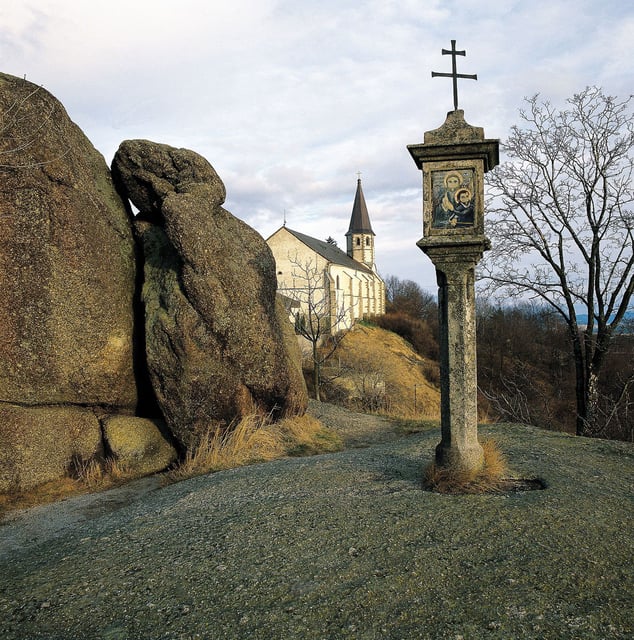Overview
- The mummy, stored in the crypt of St. Thomas am Blasenstein, Austria, has been identified as Franz Xaver Sidler von Rosenegg, a parish vicar who died in 1746 at age 37.
- A novel embalming method was discovered, involving rectal insertion of fir and spruce wood chips, twigs, fabrics, and zinc chloride, which preserved the body without opening the torso.
- CT scans, radiocarbon dating, and chemical analyses revealed the mummy’s diet, lifestyle, and health, including a high-quality diet, long-term smoking habit, and evidence of tuberculosis at death.
- The embalming technique, previously undocumented, may have been used for corpse transport or extended display, though its prevalence remains unclear.
- The study highlights the potential of advanced imaging and chemical techniques to uncover hidden mummification practices in crypt burials.


